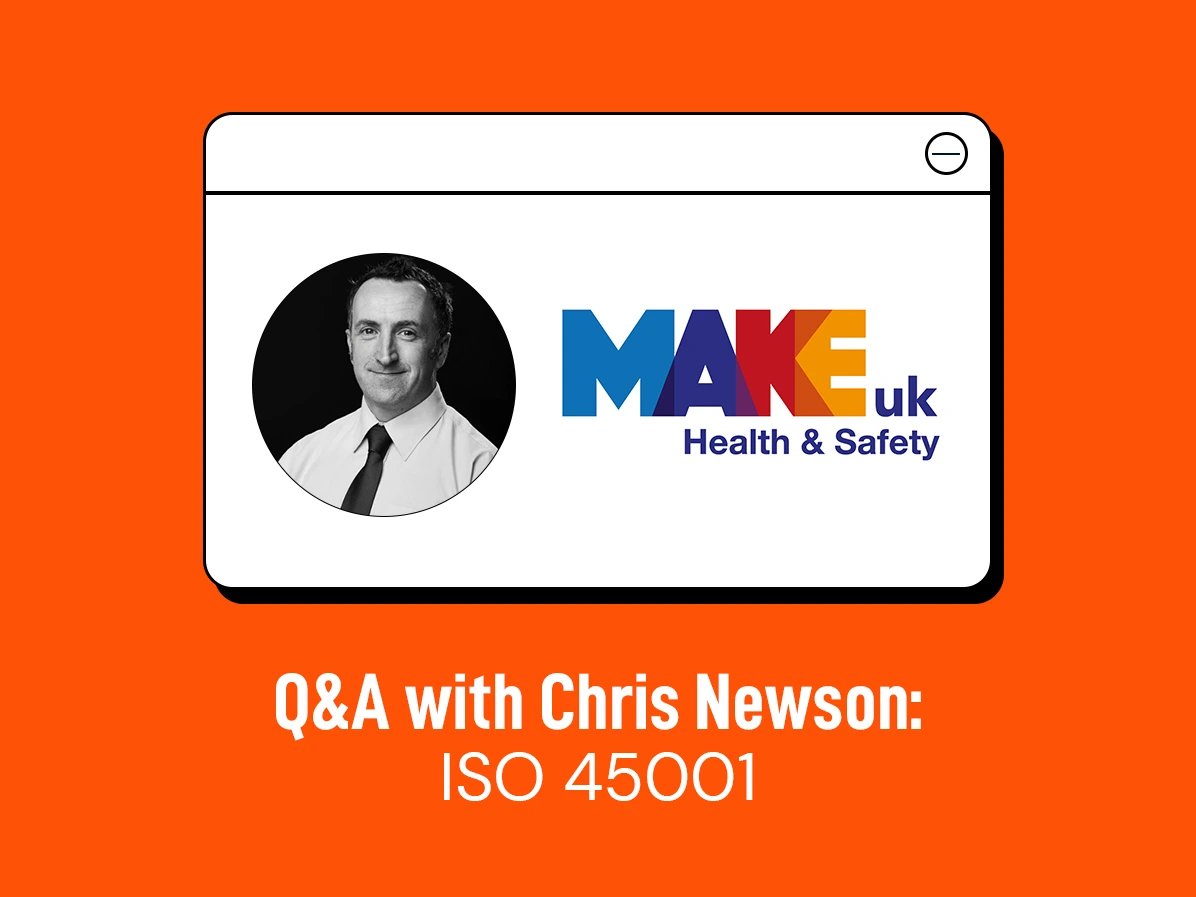Contents
How Getting 'In The Flow' Can Strengthen Your Training Program
6 December 2022
We all know that feeling. The one where you’re deeply engaged in whatever you’re doing, you’re absorbing new information and making use of it right away, and it feels great...you’re ‘in the flow.’ But did you know this approach can be utilized and integrated into your health and safety learning programs to reduce incidents and improve compliance?
Defining ‘the flow’
While most of us know what being ‘in the flow’ feels like, the term does have roots in formal workplace learning. Learning and development expert Josh Bersin first officially coined the phrase in 2018 as he developed a new model for corporate training, while Andy Lancaster also referenced it in a discussion about “learning in the moment” in his book about driving performance and developing employees through effective workplace learning. The key for both men was clear, the best learning happens in the moment, without any disruption to the activity...‘in the flow.’
Does learning in the moment really work?
Despite the phrase and the book reference, does it actually work? The answer is a resounding yes and there’s a huge array of evidence from all different kinds of workplace settings to prove it. In the corporate world, McKinsey and Co found that its executives were 500% more productive when in the flow, while LinkedIn found that 49% of professionals prefer to learn when they’re in the flow at work. Similar success has been found outside of the office and in the field, with the Department of Defense showing that soldiers learn 200-500% faster when they’re in the flow.
More effective than the classroom
It's clear people really resonate with this way of learning compared to traditional methods, but why? Traditional class-based learning, which is still used by many businesses today, puts people in a passive role where they learn about theory, rather than in practice. This approach may work for young learners, but adults learn differently.
Research points to experiential learning as the most effective means to train and learn. By this we mean that hands-on training that applies directly to the work being performed is retained, while last week’s conference is largely forgotten. Some experts go so far as to call traditional learning and development methods as wasteful because it’s so rare for information to be absorbed enough in training to be fully useful afterwards.
“The real problem is what happens after the training… We’re throwing the training against the employees and hoping like mad that it sticks.”
This is a problem our very own Rob Dumbleton, VP of Growth at Evotix and Rich Eagles, Principal at dss+ cover in our Moving the Dial series. They worry that many organizations are still biased towards large scale training which fosters a disconnect with the workforce and their roles.
Worker-led learning
In addition to in the flow learning, making information bite-sized and relevant by showing it at the right time is also critical to absorbing and learning. Finding software that includes these principles is critical. New information, skills and resources should be worker, rather than business focused. What do we mean by this? It’s simple, giving workers the instructions and resources precisely when they need it, not when it suits a business.
Putting health & safety training in the flow
For health and safety training, using methods that means new information, processes and behaviors stick is crucial. Making your workforce aware of health and safety is one thing, but for them to absorb vital information and be able to apply it in practice instantly is just as - if not more - important.
This is why learning in the flow can be applied so successfully to health and safety programs. For example, if you learn about lockout tag out procedures in the first week on the job, then go to use them six months later, you may not recall that specific training. Whereas if you have access to a QR code and a brief refresher video, you can access timely content that is consumable, can trigger the memory and help mitigate risk right away.
In short, it’s all about giving your frontline workers the ability to extract the information they need, when they need it, and without interrupting their process. The result? Huge improvements in performance. And valuable learning experiences that they’ll remember.
Want to find out more about the benefits of learning in the flow and how it could benefit your health and safety training program? Listen to episode 2 of the Two Bald Guys Talking Safety podcast Don’t Assume Training Means Learning where Julian and Langdon talk about how critical ‘in the flow’ learning is for frontline workers.

RELATED BLOGS

Overview of ISO 45001 and Q&A With Chris Newson of Make UK
3 May 2023 - Team Evotix
What Is ISO 45001? Created by a committee of occupational health and safety experts, ISO 45001 is an international standard for occupational health and safety (OH&S) management systems. Replacing..

5 Key Benefits of Safety Risk Management Software
14 May 2024 - Team Evotix
In today’s fast-paced, complex working environments, robust and comprehensive risk assessments are a must. The ability to identify and analyze a risk, and then to proactively mitigate against it,..

Unlocking the Benefits of a Safety Management System
23 May 2024 - Team Evotix
Despite strides in technology and the adoption of safer practices, workplace injury and illness rates are persisting at alarming levels. In fact, it was reported by the International Labour..
